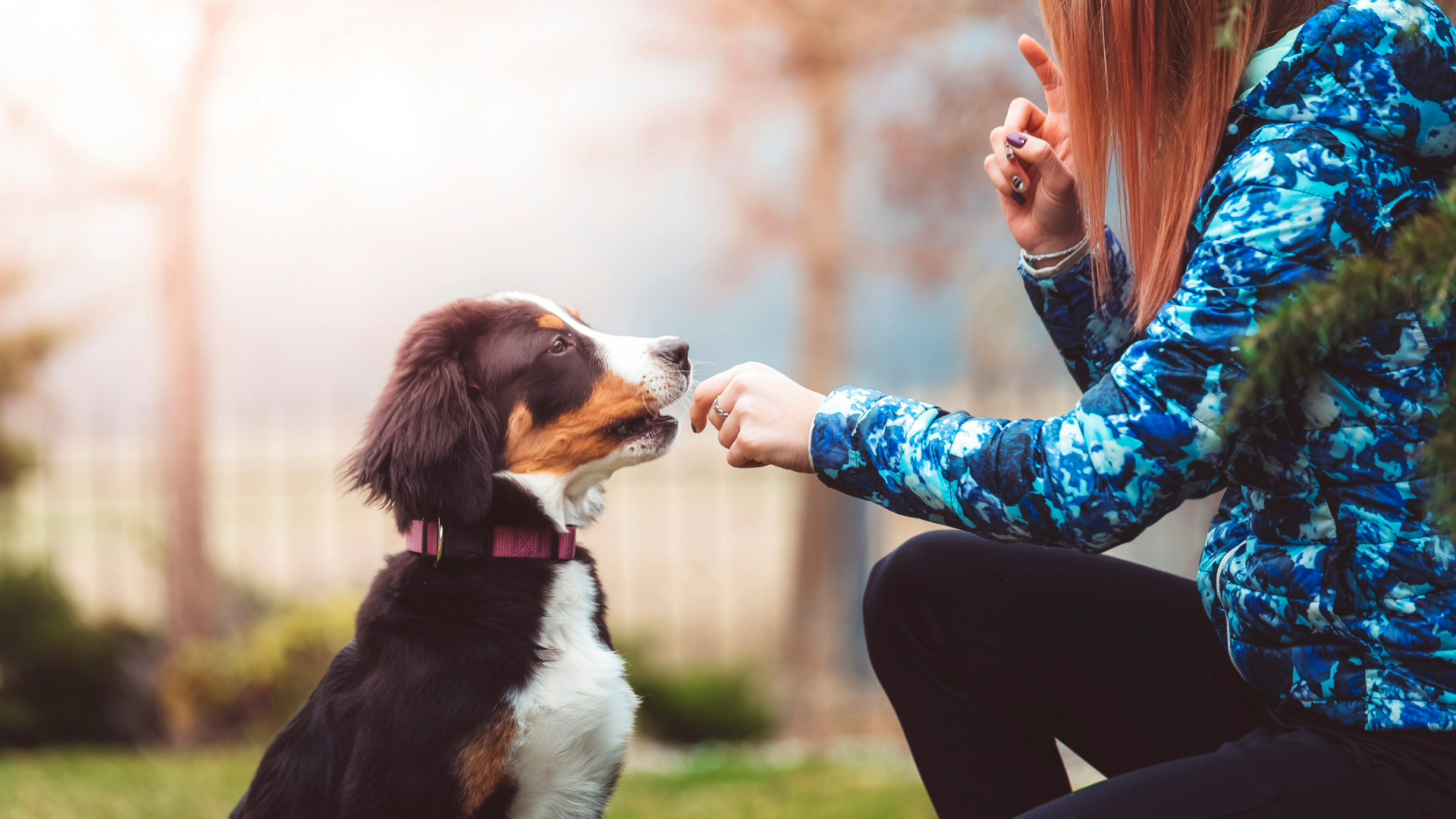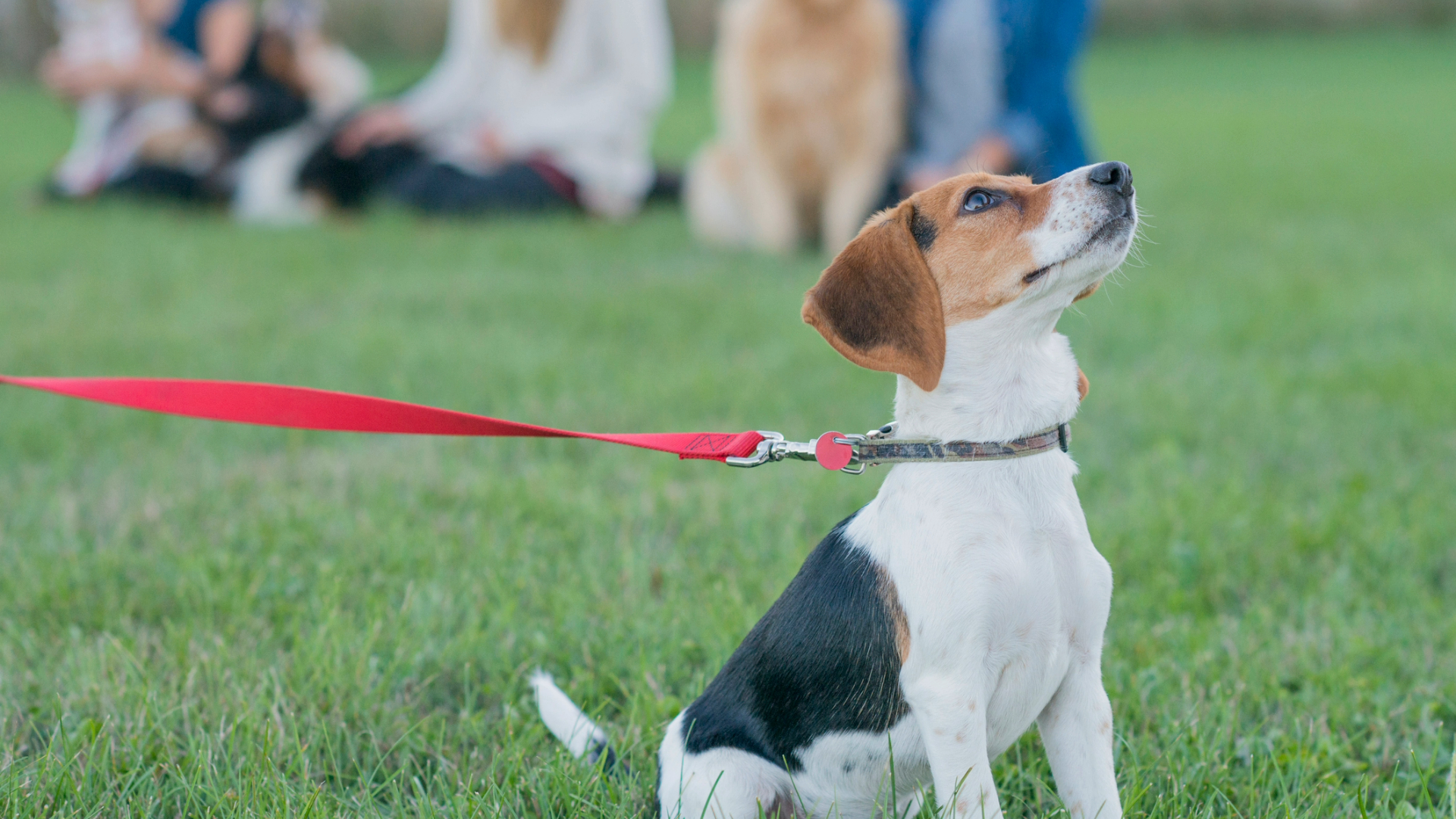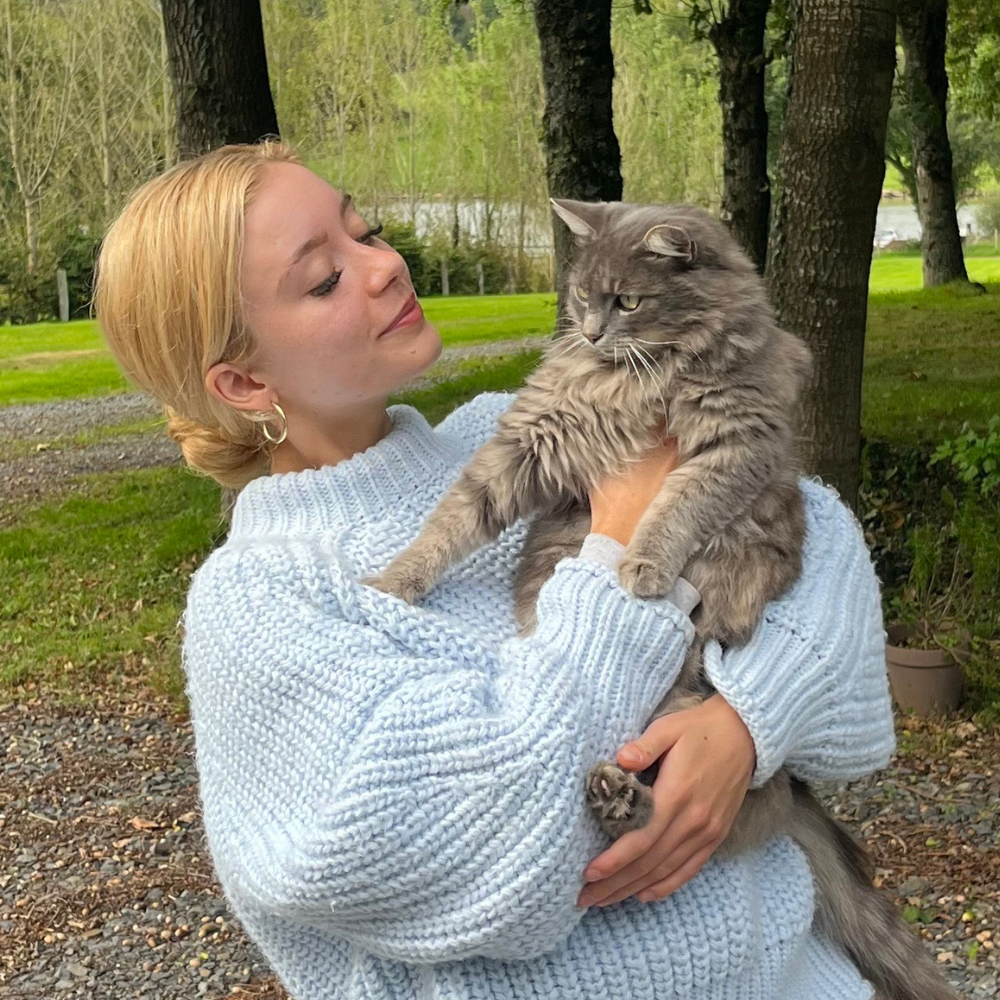Expert shares 4 tips for planning your puppy’s training schedule (that are actually achievable)
Level up your puppy training with these four simple tips.

Bringing home a puppy is one of the best feelings in the world. Although it comes with its challenges, starting your journey as a pet parent is such an exciting time.
There's lots to think about when getting a new pooch - like choosing the best puppy toys, high-quality food, and a cozy bed. You'll also want to start looking into a good training routine to set them up with the skills they need in life.
Training a puppy is no easy feat - it requires time, patience, and consistency (as well as the best dog treats to hand). If you're a first-time puppy owner, then you might feel a little overwhelmed and unsure of where to begin. We're here to tell you that it's completely normal to feel this way.
If you can relate to this (or just want to brush up on your training techniques), Lisa Burton, an expert dog trainer, has shared some brilliant advice. She's broken it down into four simple steps to help you with your training:
A post shared by Lisa Burton | Listen Dog Training 💁🏻♀️🥇🐕 (@listendogtraining)
A photo posted by on
1. Understand their developmental stages
Before you get started on your training journey, it's a good idea to learn about the different developmental stages of your dog. If you understand their needs, you'll be able to adapt your approach to suit them better. This will make things easier for both of you. If you're not sure what the different stages are, follow Lisa's easy guide.
- "3-12 weeks: Critical socialization period - prioritize novel experiences
- 3-6 months: Juvenile period - prioritize manners and essential behaviors
- 6/12-8/12 months: Adolescence - prioritize relationship and revisiting previous learning"

2. Learn effective training techniques
Get the best advice, tips and top tech for your beloved Pets
Lisa recommends finding the best techniques that work for you and your dog's training style. However, it's important to stick to positive reinforcement for dogs. This is when you reward your pup for good behavior, as opposed to punishing bad behavior. The latter has negative consequences on your pup's mental and physical health, as well as their long-term welfare.
Lisa says: "There are plenty of training techniques out there: luring, shaping, and capturing are likely the three you'll come across when it comes to puppy training. Research how each works and decide the method that best suits your pup's learning style to optimize your success."

3. Consistency is key
When it comes to training, consistency, and predictability are two of the most important things to consider. Lisa explains how this makes your pup "feel secure and understand what is expected of them". That's why it's a good idea to put a structured daily routine in place - just like you would with human children.
Lisa says: "It's also a great way to ensure you meet all their needs for socialization, physical exercise, playtime, and relationship, feeding, and toileting, learning, and adequate rest. Putting a little effort into designing your pup's days at the beginning of your journey makes life a whole lot easier as he grows."

4. Look into advanced training and enrichment activities
Lisa says that if your pup has nailed the basics of training, it's worth looking into advanced training and enrichment activities. This will help them to progress in their development. She suggests trying agility, hoopers, rally, scent work, the best dog puzzle toys, and trick training.
Lisa explains: [These] can help provide healthy and safe outlets for your growing dog's energy and curiosity to prevent behavioral issues developing."
For more puppy training content, check out these features: How to stop a puppy biting and how to train a puppy to walk on the leash.
Wellness Natural Crunchy Puppy Bites Chicken & Carrots Recipe
If you're training your pup, then you'll need some tasty treats to turn to and these crunchy chicken bites are a great choice. Our tester Michael noted that they're almost odorless, easy to store and his dogs enjoyed the taste.

Megan is a Staff Writer at PetsRadar, covering features, reviews, deals, and buying guides. She has a wealth of experience caring for animals, having grown up with dogs, cats, horses, guinea pigs, and more throughout her life. She studied BA Journalism at the University of Westminster, where she specialized in lifestyle journalism and was editor of Smoke Radio’s lifestyle website. Megan works alongside qualified vets and accredited trainers to ensure you get the best advice possible. She is passionate about finding accurate and helpful answers to your pet-related questions.

